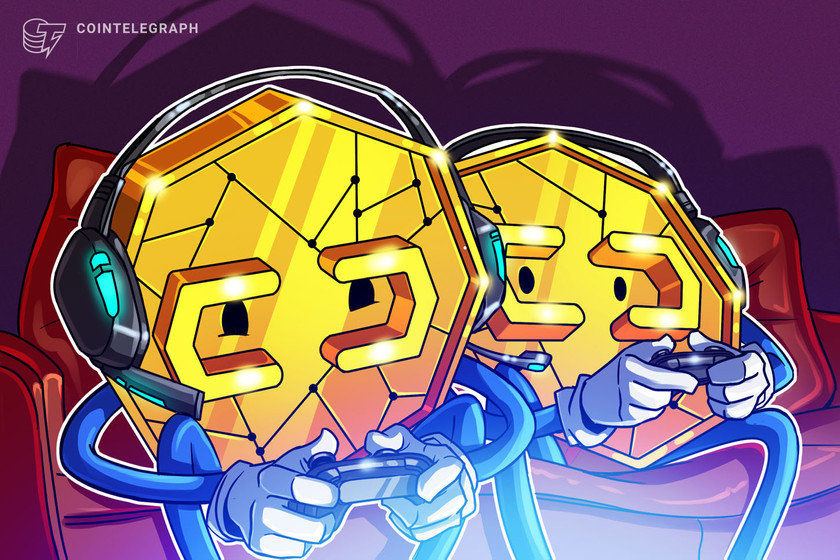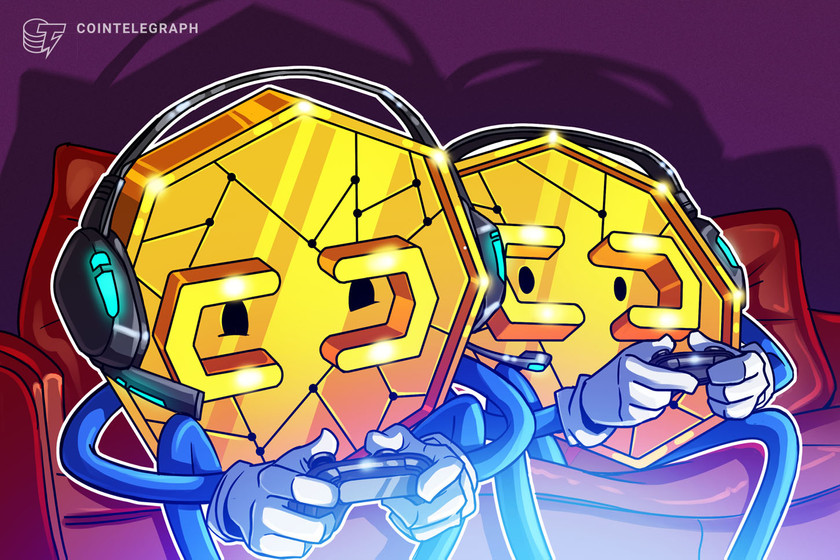Animoca confirms $110M round led by Temasek, plans new acquisitions


Singapore government-backed investor Temasek is known for crypto-related investments but is yet to do its first direct investment in crypto.
Animoca Brands, a major player in the metaverse and blockchain gaming, has officially disclosed details of a funding round led by Singapore’s state-owned investor Temasek.
Animoca announced on Thursday that it closed a strategic funding round of $110 million from the issuance of convertible notes to a small number of institutional investors. Completed at a conversion price of AU $4.50, or about $3.0, the new round values Animoca similarly to its previous funding round, the firm said.
The notes round included new investors like Temasek, the private equity firm Boyu Capital and the global venture capital firm GGV Capital. These companies have established a strategic consortium of new investors, aiming to provide advice to the company as it continues to grow and build its organizational structure.
Temasek, Boyu and GGV are now expected to engage and advise Animoca on a wide range of business issues as well as provide input on its business and capital gains, the announcement notes.
Additionally, existing investors in the round included major South Korean investment firm Mirae Asset Management and the venture capital firm True Global Ventures.
Animoca is planning to use the new funds to continue to make strategic acquisitions investments, develop new products and secure licenses for intellectual properties. The company also targets advances in the open metaverse, including efforts to promote digital property rights for online users.
Yat Siu, co-founder and executive chairman of Animoca Brands, pointed out the importance of the round’s participation by major global institutions, stating:
“Our new investors will contribute strategic advice and perspective as we build the world’s leading company furthering digital property rights in the Web3 industry.”
Some initial reports on Animoca’s funding round first surfaced in late August, with anonymous sources claiming that Temasek would lead a $100 million round for Animoca.
Related: Blockchain incubator valued at $100M following NGC Ventures-led Series A
Temasek is a high-profile crypto-related investor, participating in multiple investment rounds for big crypto companies, including Binance and Amber Group. Temasek International chief investment officer Rohit Sipahimalani stressed that the government-backed firm did not directly invest in crypto but rather is focused on investing in a crypto-related business.
“We don’t directly invest in crypto, but some of the funds we have invested in may have crypto exposure,” Sipahimalani reportedly said in July 2022. He added that, at that point, the firm felt more comfortable with exposure “more in the picks and shovels of the entire system, the enablers rather than the currencies.”






























